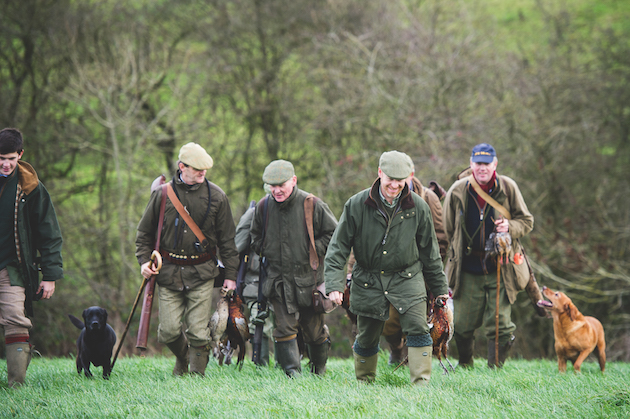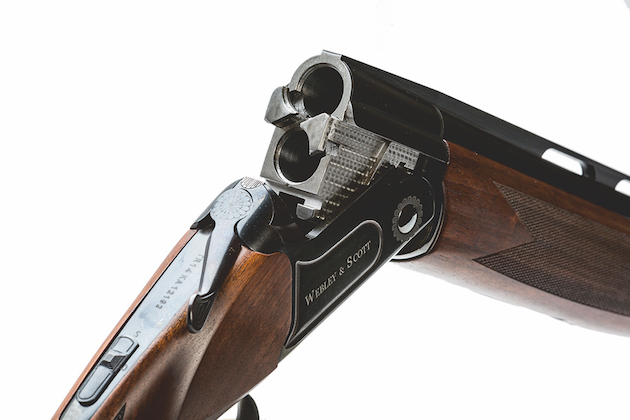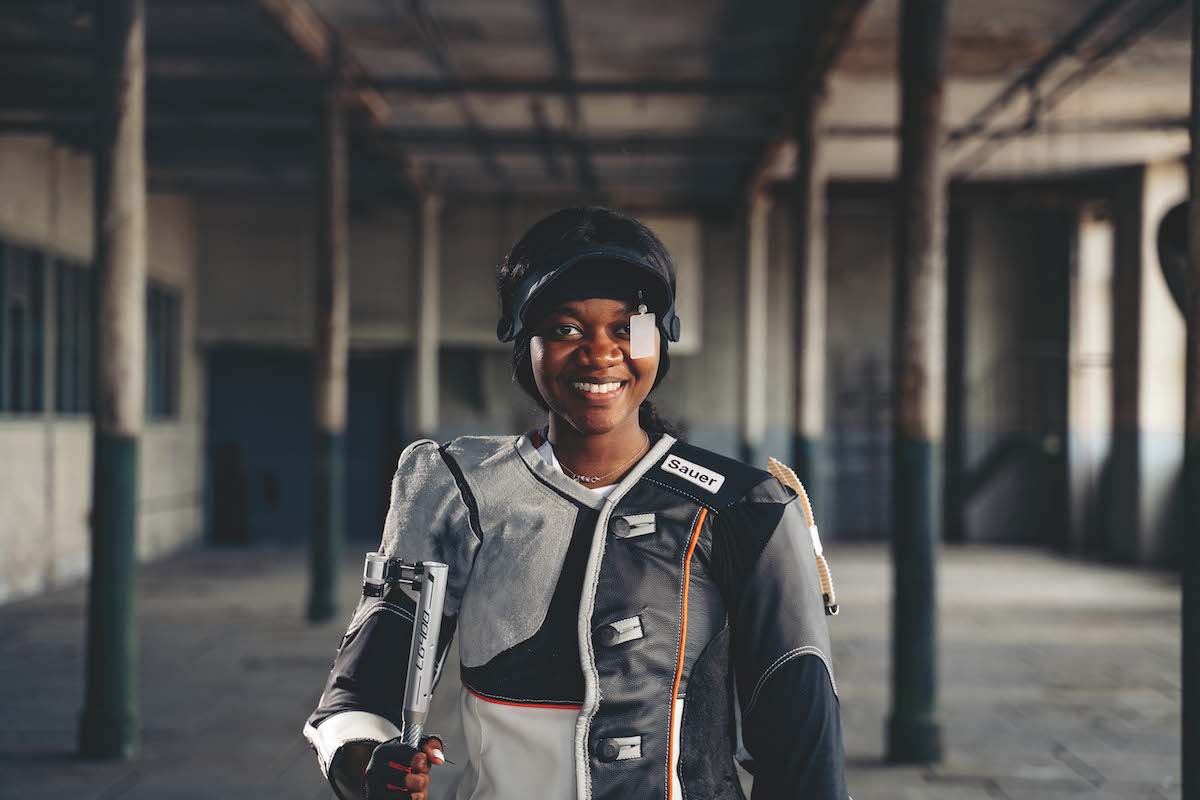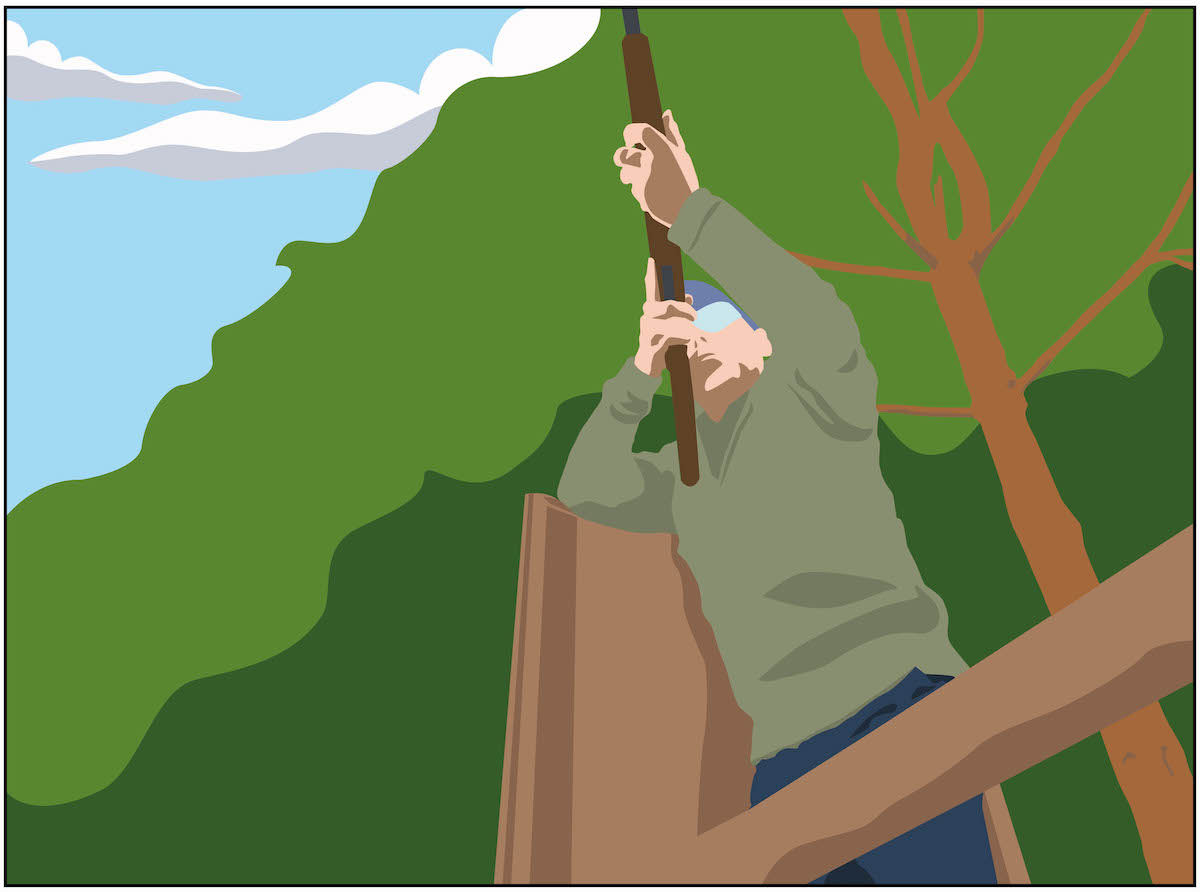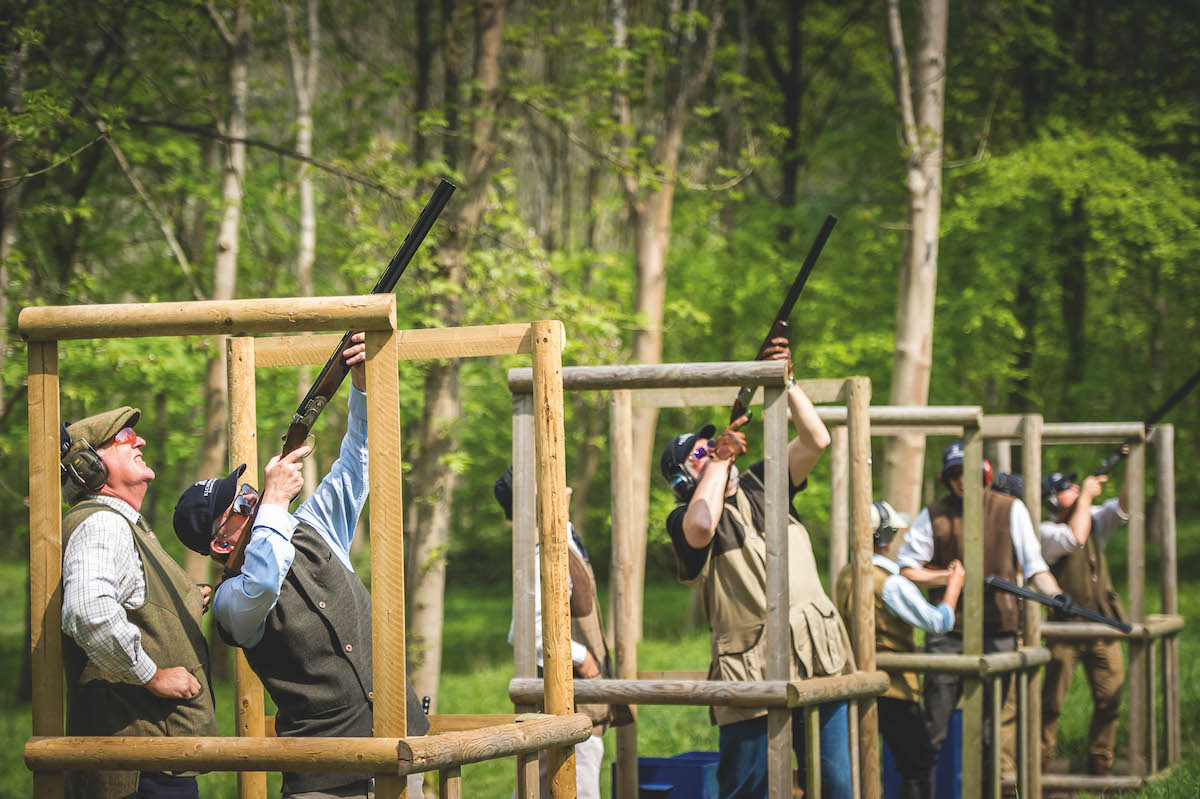Shotgun jargon buster – here’s a guide to the shooting terminology you may hear
New to shooting? Or ever wondered what some of the terms mean? Here's our essential guide so you can hold your own out in the field .
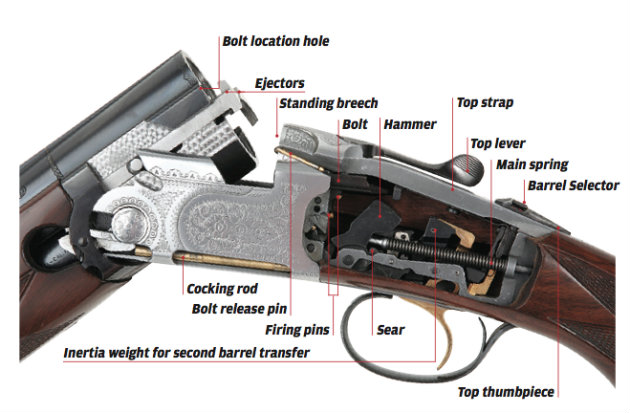
Even Guns who’ve spent many seasons standing on the peg or walking along hedgerows are sometimes unclear about some shooting terminology. For example, whilst most shooters will know what the action on a gun is, they might be a little less sure about what the top strap is. (Answer below.)
So in answer to some reader requests, we’ve put together a handy guide to the shotgun jargon you’re likely to come across. You might find it also useful to read our A-Z of shooting too.
Plus which, if you glance further down the list you’ll find over-and-unders and side-by-side shotguns explained. If you’re wondering what to wear shooting, read our guide. You’ll also find some useful tips on shooting etiquette here.
Shotgun Jargon Buster
Action: the part of the gun behind the barrel, which contains the gun’s firing and locking mechanism.

Action on a Beretta Silver Pigeon
Boxlock: a gun in which all of the firing mechanism is contained within and directly attached to the action frame.
Cocking rod: a rod attached to the gun’s hammers, forcing them backwards as the gun opens, thereby resetting them for subsequent shots.
Colour hardening: a surface finish can be applied to the exterior of actions and lock plates which produces an abstract pattern of colours – usually blues, browns and yellowish-browns.
Drops at comb and heel: the vertical distance of the comb and heel of the stock from a line projected backwards in line with the gun’s rib.
Fore-end iron: the metal component within the fore end wood, the rearward part of which forms part of the gun’s jointing. the iron may also be fitted with some elements of the ejector mechanism.
Fore-end loop: also known as the barrel loop – the steel projection beneath the barrels to which the fore end is attached by a latch mechanism.
Furniture: the metal parts attached to the action such as trigger guard, top and bottom straps.
Gauge: the American term for bore – for example 12-gauge, 20-gauge, etc.
Hand: the part of the stock which is gripped by the palm and fingers of the trigger hand.
Head: the forward part of the stock, where it joins the metal of the gun’s action.
Jointing: hinge mechanism of a break-action shotgun.
Knuckle: the half-round section at the forward end of the action, which forms part of the gun’s jointing.
Monobloc: the modern method of constructing shotgun barrel sets, in which separate tubes are sleeved into a steel forging which forms the breech ends and lump.
Proof: the official pressure testing of a gun for safety, performed by a nationally- recognised body. it is illegal to sell a gun which does not have valid proof.
Side plate: an artificial lock plate fitted to a boxlock gun, for cosmetic purposes.
Sidelock: a gun with the main elements of the lock mechanism are mounted on removable plates attached to the sides of the action.
Single selective trigger: a single trigger fitted to a two- barrelled gun which can be set to the top or the bottom barrel first.
Striker: another word for a firing pin.
Top strap: the top, rearward part of a gun’s action, behind the top lever trigger plate: a removable plate carrying the trigger and, usually, all the major components of the gun’s firing mechanism.
Trigger plate: A removable plate carrying the trigger and, usually, all the major components of the gun’s firing mechanism.
Tumbler: another word for a shotgun’s hammer.
The three categories of shotgun
There are many different varieties of shotgun but in essence they can be divided into three distinct categories.
Side-by-side shotgun
Not much shotgun jargon here because this type of gun is as described. The barrels are set alongside each other in a horizontal plane. A side-by-side shotgun is largely used for live quarry shooting because of it benefits from light weight and balance. You’re unlikely to see one on the clay ground.
Over and under shotgun (O/U)
This is the gun you’ll see being used most. Over-and-under shotguns are all-rounders used for clay, game and rough shooting. The barrels are stacked one on top of the other to give a clearer view of the target. These shotguns are heavier than a side-by-side and more tiresome to carry for long distances. However this is no bad thing when a lot of shots are fired in succession, or you want to dampen recoil.
Semi-automatics
These single barrel multi-shot guns use a gas or spring-operated system to eject and reload cartridges and they’re very soft on the shoulder. They’re frowned upon in game shooting because it’s nearly impossible to tell at a glance whether they’re unloaded or not, yet they’re terrific guns for clay shooting, wildfowling and pigeon shooting. Despite their heavier weight they are a popular choice among shooters who are recoil sensitive.
More on shotgun jargon – barrels, lock and stock explained …
The barrels of a shotgun
These are made from individual steel tubes held together by soldered ribs. The barrels hook onto the action of a gun and everything is locked solidly in place by a dovetailed bolt when the gun is shut. The bolt prevents the gun springing open when a shot is fired and it releases its grip on the barrel lumps when the user opens the gun by pushing across the top lever arm. Barrels have to withstand high pressures generated by a cartridge and they are tested in their country of origin by subjecting them to a test charge far in excess of the pressures they will be expected to withstand in normal use. If the gun passes “proof” the barrels are stamped accordingly before the gun is offered for sale.

Barrels come in a choice of length
Lock
The lockwork on a shotgun comprises a trigger that releases the hammer (tumbler), which in turn hits a firing pin to strike the cartridge primer. When the gun is opened the hammer is re-cocked by way of spring-operated levers. other springs housed either inside the fore-end wood, or in the walls of the barrels, kick empty cartridges clear of the gun at the same time.
The commonest form of mechanism used by gunmakers is known as a boxlock action. This is a strong, reliable design that is cheaper to build than a sidelock system where the lockwork for each barrel is fitted to a detachable plate inlet into both sides of the stock.
Stock
The lock and action of the gun are fitted securely to a stock made from walnut – a resilient wood that gunmakers can shape easily and which rarely cracks during use. The stock is shaped to fit the user’s shoulder pocket and allow them to seat their face comfortably on the wood so that their eyes align with the target down the rib of the gun. Most factory-made guns are stocked in a way to suit most people but a gunsmith can easily alter the dimensions to suit an individual’s physique.
We hope our guide to shotgun jargon has cleared a few things up for you.
This article was first published in 2016 and has been updated.

